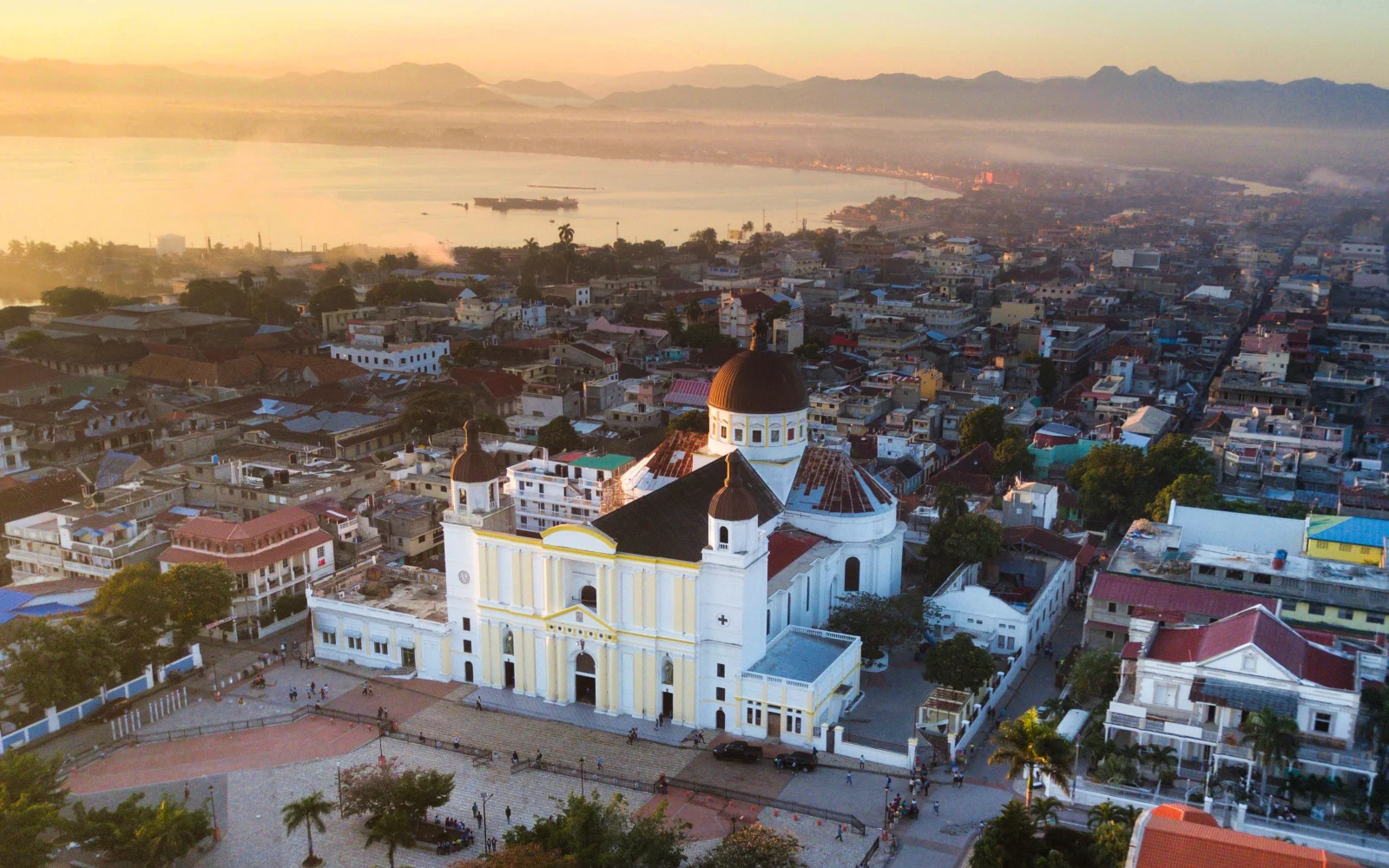Is Haiti safe to visit?
No, Haiti is not safe for travel due to critical security concerns like civil unrest, kidnapping, and high crime rates, prompting a Level 4 – “Do Not Travel” advisory from many countries. Political instability, poor infrastructure, and the absence of effective governance exacerbate the risks, making it worth avoiding at this time.
The country of Haiti has a unique history as the first independent black nation, as well as plenty of other reasons to visit. Like most of the Caribbean, Haiti has pristine sandy beaches and turquoise waters in locations such as Labadee, but unlike the rest of the Caribbean, it hasn’t been overrun by tourists or by high prices.
Check out the country’s unique history in Port-au-Prince’s art galleries or at sites such as Citadelle Laferriere. Visitors who venture away from the main sights will be blessed with unique nature and friendly local culture.
Haiti is a beautiful but troubled country, with a reputation as a dangerous place, that has only gotten worse since the devastating earthquake of 2010. Before visiting, check whether or not it’s safe to visit; let us be your guide!
Is Haiti Safe to Visit?
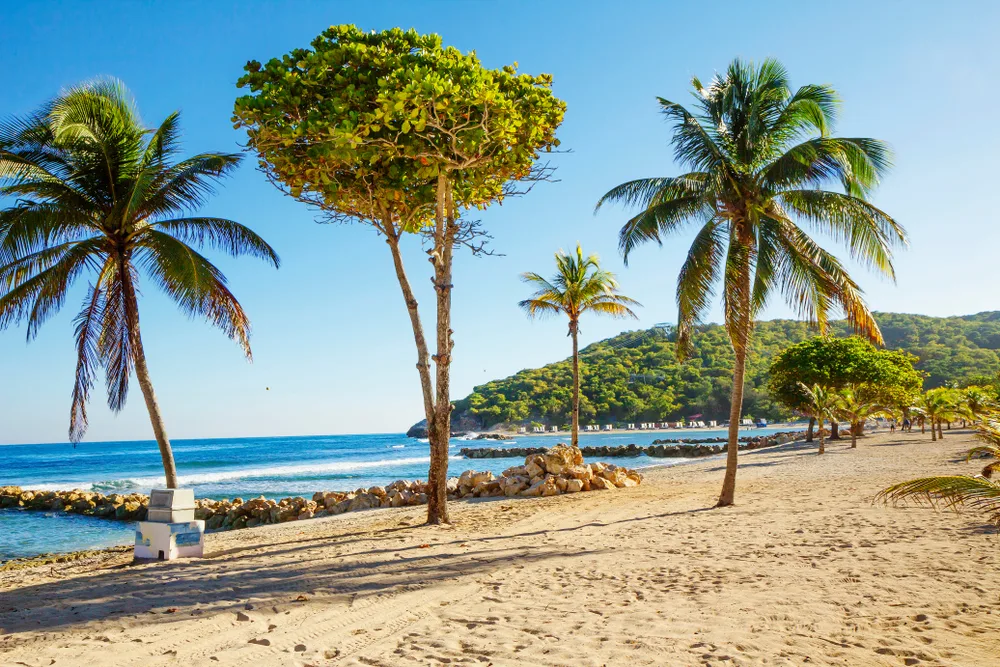
Galina Savina/Shutterstock
No. Haiti is not safe to visit due to its long-standing security problems. Unless you have a compelling reason to visit, you should choose a different destination.
Most countries advise their citizens to avoid all travel to Haiti due to the volatile security situation. Most countries, such as the United States, have Haiti under a Level 4 – Do Not Travel advisory, the strongest possible travel advisory.
There are many reasons why Haiti is too unsafe to visit. Some of the ones mentioned in the travel advisory include:
- Civil unrest
- Poor infrastructure
- Kidnapping
- Organized gangs
- High crime rate
One problem travelers tend to encounter in Haiti that they don’t know from their home countries is poor infrastructure. Years of underdevelopment, an impoverished state, bad government, and devastating natural disasters such as the cholera epidemic and the 2010 earthquake have left their toll on the country.
Basic infrastructure such as roads as well as services such as healthcare are inaccessible to the vast majority of Haitian locals.
As a visitor (who is probably wealthier than most Haitians) you will have some better access, but if you get sick on your trip, chances are you won’t be able to find adequate care.
Haiti has suffered from decades of political instability, exchanging dictator after dictator with violent upheaval. This devastation has taken a toll on the country. The situation has gotten much worse in recent years after the 2021 assassination of president Jovenel Moise.
In January 2023, the last terms for elected officials expired, leaving the country essentially without a government or anyone to guide the country. Widespread dissatisfaction with the way Haiti’s been governed has led to frequent civil unrest.
After Moise’s assassination, there were many demonstrations against the highly unpopular acting president, including organized actions by gangs.
Haitians are also quick to protest perceived international intervention, given the country’s history of occupation. This power vacuum has created an environment where instability flourishes, which also allows crime and other dangers to happen.
Armed conflict, kidnapping, and high levels of crime are unfortunately common. Given this general state of affairs, now is not a good time to visit Haiti.
Crime in Haiti

CAP-HAITIEN, HAITI – JANUARY 11, 2019: The iconic brightly colored buildings, plentiful balconies, and narrow streets of beautiful Cap-Haitien, Haiti/Rotorhead 30A Productions/Shutterstock
Recent crime statistics for Haiti are almost impossible to obtain because the country is unable to fight crime, let alone record accurate statistics. However, the information we do have portrays a bad picture of the current situation.
What’s troubling about Haiti is the high violent crime rate. According to World Bank data, the homicide rate is 13.01 incidents per 100,000 people, which is high enough to be classified as epidemic-levels of violence.
The homicide rate has increased dramatically in recent years. In 2023, the overall crime rate in Haiti doubled according to UN observers. In just the first quarter of the year, there were 1,600 cases of highly violent crime from lynching to rape, an increase of 2.3 times compared to the same period the previous year.
As people feel that the police aren’t taking enough action to prevent violence, mob violence and lynching if there are perceived threats are common.
The main drivers of this high crime rate are the gangs. According to the Organized Crime Index, Haiti is the Caribbean country with the worst problems with organized crime, scoring a 5.93 on the criminality score index.
Gangs get weapons thanks to the illegal arms trade from the United States, then engage in illegal activities such as smuggling drugs, selling counterfeit goods, or racketeering.
Many gangs have connections to politicians, while others have become powerful enough to control entire neighborhoods to the point that police are scared to enter. Their turf wars are one of the main drivers of violence.
Armed Robbery
Petty thefts are common in Haiti as well, but your real problem is the risk of armed robbery. Criminals often target foreigners for armed robberies because they are wealthier than the vast majority of Haitians.
The Canadian government warns about this risk in its travel advisory for the country. Robberies have occurred at Toussaint L’Ouverture Airport, on the roads to and from the airport, on important roads such as Route Nationale 2, and in affluent neighborhoods such as Petion-Ville.
Armed robbers often target cars using roadblocks. If you are driving or a passenger, be vigilant. Avoid traveling at night, when the risk of escalating violence is higher.
Don’t drive alone in the car, especially if you are a woman, opt for arranged transportation instead. Always drive with doors and windows locked. If you pass a roadblock, don’t cross it as that leads to extra violence.
As a foreigner, you will probably be a target, but try to minimize how likely you are to get robbed by not flashing valuables or being conspicuous about your phone or wallet.
Kidnapping
Kidnapping is another crime in Haiti, one that affects everyone from schoolchildren to aging parents. Foreigners are particular targets because gangs assume that they will get high ransom payments for their victims.
According to the Australian government, hundreds of foreign nationals have been kidnapped in Haiti in the past three years.
The victims include missionaries, aid workers, and regular tourists. While most are returned unharmed after a ransom is paid, there have been cases of murders and disappearances.
To limit your risk of kidnapping, avoid moving around alone. Be aware if someone is following you or if there are groups loitering outside your home. Make sure that you stay in a place with good security and bars on the windows.
Avoiding Bad Areas
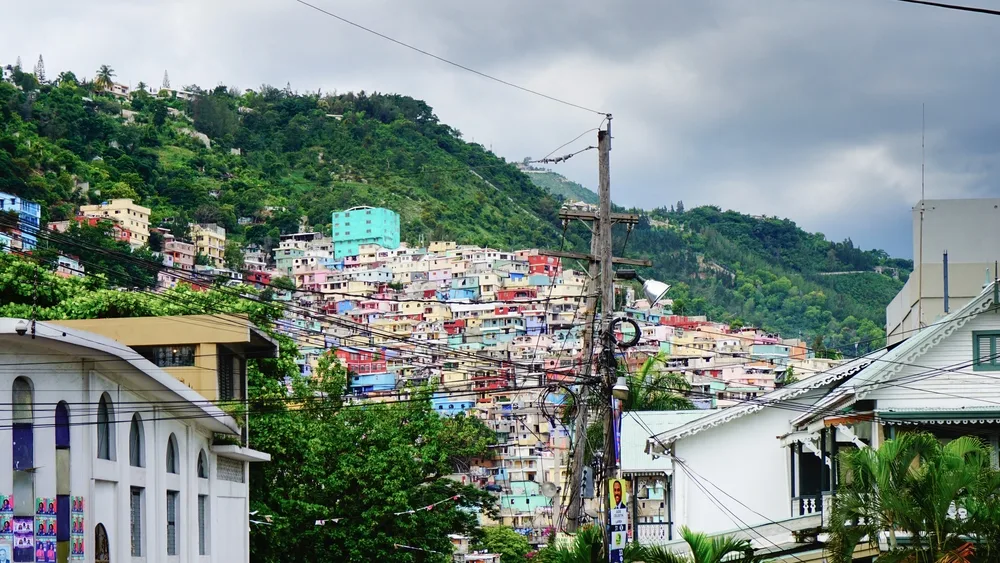
Yiannisscheidt/Shutterstock
It’s difficult to tell you where in Haiti to avoid because most of the country is dealing with serious security issues. Gang warfare is at its worst in the Artibonite region and in Port-au-Prince.
There are many parts of Port-au-Prince where the police themselves are scared to enter, such as:
- Bel Air
- Carrefour
- Cite Soleil
- Fontamara
- Torcelle
This is not an exhaustive list, so check with locals before you decide to spend time in the capital. Some of the most prominent roads, such as Highway 2 and the road to the airport from Port-au-Prince, are prime targets for carjacking and armed robbery.
Avoid the border with the Dominican Republic, which has been closed for months due to escalating diplomatic tensions between the two countries.
Things to Consider
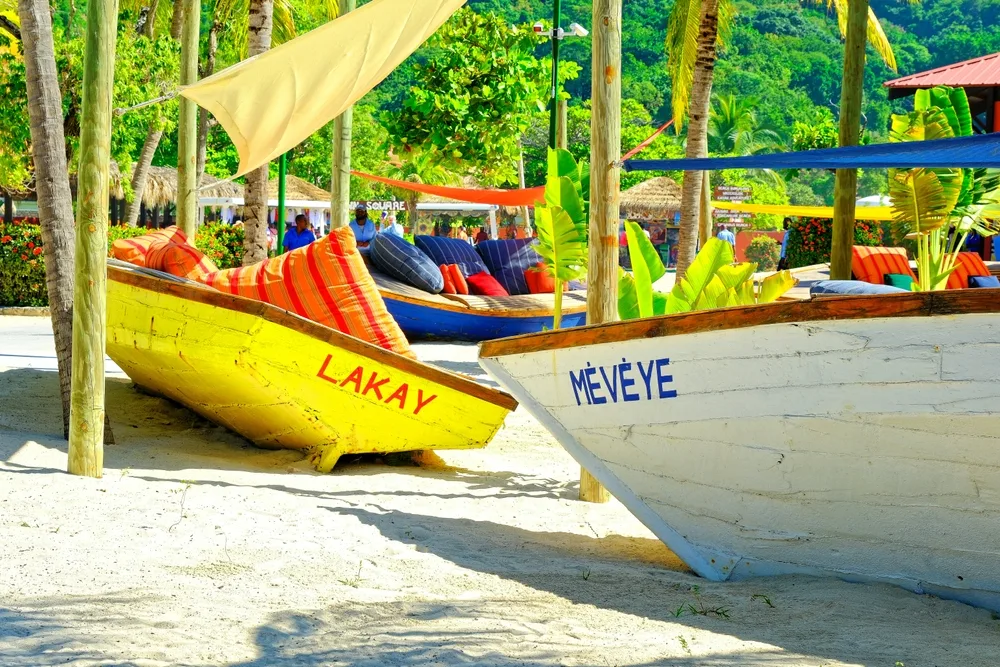
LABADEE, HAITI -December 22, 2022: Labadee is a port located on the northern coast of Haiti. It is a private resort leased to Royal Caribbean for the use of passengers of its three cruise lines/Darryl Brooks/Shutterstock
Here are some additional safety tips to help you minimize the risk of traveling to Haiti:
- Get good travel insurance that covers evacuation. Epidemic diseases are rampant in the country, and the healthcare system can’t keep up.
- Crime increases around Carnival and other busy periods. Although petty crime is the least of your worries in Haiti, you still don’t want to leave without your wallet.
- Be careful when using ATMs. Robbers often target banks and ATMs, attacking people that just used them. Never withdraw money at night or while alone. Many hotels have ATMs in their lobbies, which are more secure options.
- Female travelers are in extra danger. Violence against women is common. Take additional precautions if you are a woman and avoid traveling alone.
Frequently Asked Questions
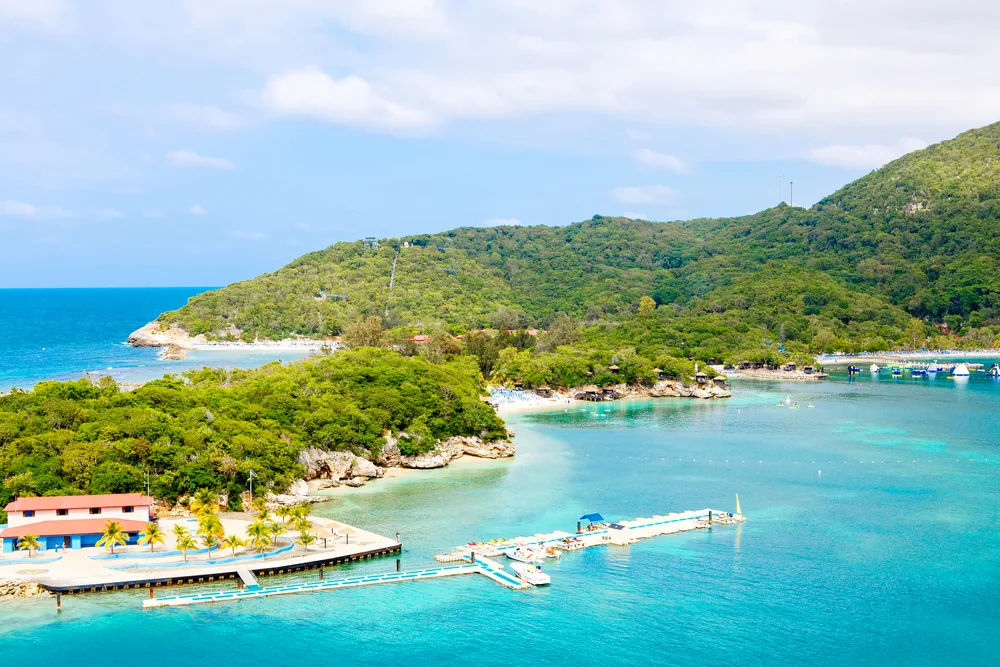
Irina Wilhauk/Shutterstock
These additional questions can help you get more information about planning a trip to Haiti:
How safe is it to live in Haiti?
It is not safe at all to live in Haiti. All of the dangers that people face visiting Haiti are increased even more for people that live there all year round.
What areas should I avoid in Haiti?
All of Haiti is fairly dangerous, but Port-au-Prince has the highest crime rate, with many neighborhoods taken over by gangs.
What is happening in Haiti 2023?
In 2023 and 2024, Haiti is dealing with a power vacuum caused by a floundering government, which has led to the rise of organized crime.
Should tourists go to Haiti?
Tourists should avoid Haiti for now. Although the country is beautiful, it is too troubled for tourists to be safe.
So, Is Haiti Safe to Visit?
Haiti is one of the least safe countries to visit due to its high crime rate and levels of unrest. Decades of government upheaval, poverty, and international politics have led to a dangerous situation.
The good news is that while we suggest avoiding Haiti, there are plenty of safe Caribbean islands. Pick one and experience all that the Caribbean has to offer; you’ll be glad you did!



